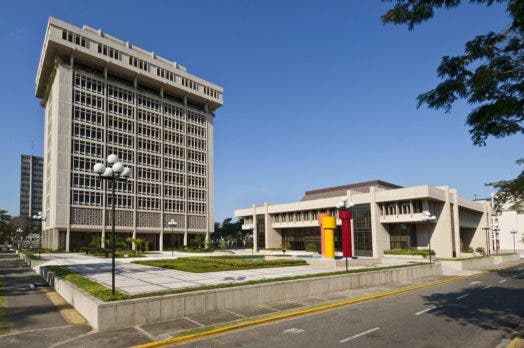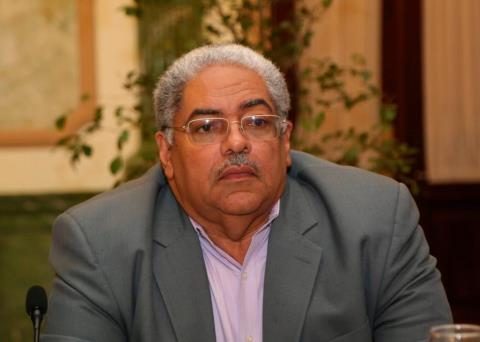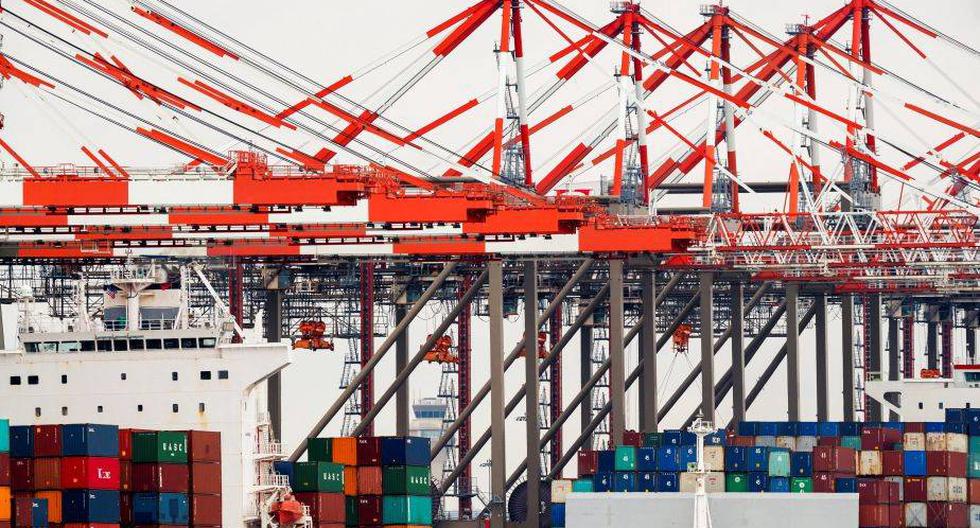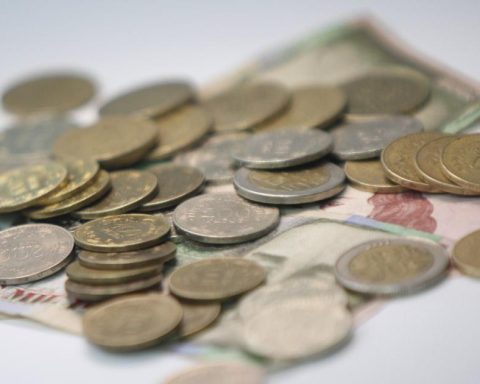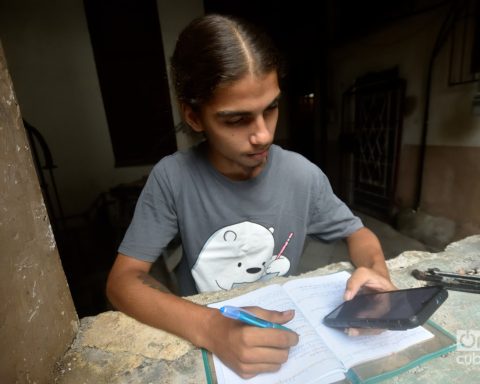The Central Bank of the Dominican Republic (BCRD)at its monetary policy meeting in November 2022, decided to keep its monetary policy interest rate (TPM) unchanged at 8.50% per year.
Likewise, the rate of the permanent facility for liquidity expansion (1-day Repos) remains at 9.00% per year and the rate of interest-bearing deposits (Overnight) at 8.00% per year.
This decision is based on an exhaustive evaluation of the recent behavior of the economy, especially inflation.
In that order, there has been a moderation of inflationary pressures, to the extent that the monetary policy transmission mechanism has operated effectively and that the measures implemented by the Government have taken effect through subsidies for fuel, energy and support for agricultural production.
Likewise, a recent deceleration in the prices of commodities, particularly oil and food; as well as the costs of container transport globally.
In this context, the monthly variation of the consumer price index (CPI) was 0.28% in October, after a variation of 0.29% in September, significantly lower than the monthly average of the last 12 months.
In this way, year-on-year inflation has been reduced by about 140 basis points, from a maximum of 9.64% in April to 8.24% in October.
Likewise, core inflation, which excludes the most volatile components of the basket, begins to moderate, going from 7.29% in May to 6.86% in October, as a reflection of the monetary measures that have been adopted.
It is important to highlight that, in November of last year, the BCRD began the cycle of increases to the TPM, being one of the first in the region.
Read more: Achievements of the Central Bank in its 75 years of existence
This opportune reaction has contributed to the fact that the real interbank interest rate, that is, the difference between the nominal interbank rate and inflation expectations, is more than two percentage points above its estimated neutral level, which is leading to a decrease on domestic inflationary pressures.
In addition, monetary aggregates have slowed down significantly and there is an increase in commercial bank interest rates, mainly in the passive rate, evidencing a more than complete transfer of monetary policy decisions.
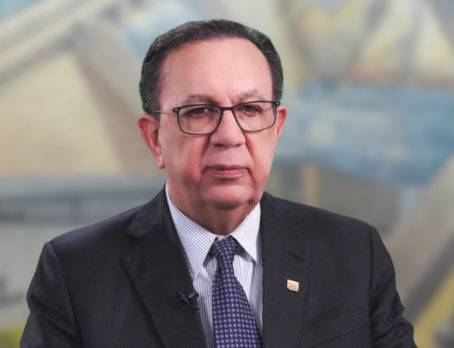
In this way, a favorable differential has been maintained with respect to interest rates in advanced economies, contributing to capital flows.
In this context, it is estimated that, under current economic forecasts, the reference interest rate has reached the appropriate level for year-on-year inflation to continue to decline in the coming months and converge to the target range of 4% ± 1% before the end of the year. the first half of 2023, faster than expected a few months ago.
Considering the complex international panorama, the Central Bank will be monitoring external financial conditions and the expectations of economic agents, in order to take additional measures to preserve price stability, if necessary.
In the international environment, geopolitical tensions have caused a deterioration in global economic projections.
In that order, Consensus Forecasts forecasts global growth for the current year 2022 of 2.8%, while the outlook for world inflation remains high.
In the United States of America, our main trading partner, year-on-year growth stood at 1.9% in the third quarter, equivalent to an annualized quarter-on-quarter expansion of 2.9%.
On the other hand, year-on-year inflation begins to moderate, going from 9.1% in June to 7.7% in October, although it is still well above its target of 2.0%.
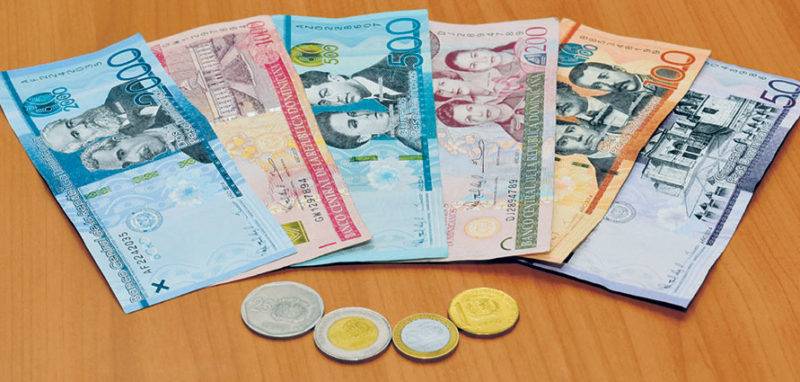
In this context, the Federal Reserve has increased its reference rate by 375 basis points this year and it is expected that it will begin to moderate its rate of increase, projecting an increase of 50 basis points at its next meeting in December.
As for the Euro Zone, economic conditions continue to be affected by the war between Russia and Ukraine; projecting a growth of 3.2% for 2022, while inflation stood at 10.0% in November.
Against this background, the European Central Bank has accumulated an increase of 200 basis points in its reference rate during the year, anticipating another increase of 50 basis points at its next meeting.
In Latin America, almost all central banks have increased their monetary policy rates, placing them significantly above pre-pandemic levels, as is the case in Argentina (reference rate at 75.00%), Brazil (13.75%), Chile (11.25%), Uruguay (11.25%), Colombia (11.00%), Mexico (10.00%), Costa Rica (9.00%), Paraguay (8.50%), Dominican Republic (8.50%), Peru (7.25%) , Nicaragua (6.50%) and Guatemala (3.00%).
Regional inflation has begun to subside as a result of these restrictive measures, which is why most central banks are easing or pausing in the cycles of monetary policy rate increases.
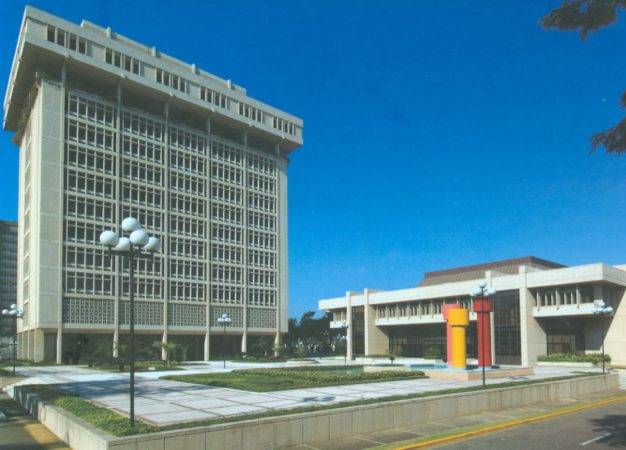
In the domestic environment, the economy has expanded by 5.2% during the January-October period of this year. The economic growth projections for the end of 2022 are slightly above 5.0%, close to its potential and one of the highest expansions among the economies of the region.
As a reflection of the dynamism of domestic demand, private credit in national currency is growing around 14% year-on-year at the end of November, mainly influenced by loans to households.
Regarding fiscal policy, the higher collections in relation to the estimate stand out, which has granted the necessary space to apply subsidies aimed at mitigating the adverse impact of the higher prices of raw materials; as well as for assistance to the provinces affected by the passage of Hurricane Fiona.
On the other hand, an accumulated appreciation of the Dominican peso of approximately 5.0% as of November has been observed, in a context of positive performance of foreign exchange-generating activities (tourism, exports, remittances, and foreign direct investment).
In this scenario, international reserves remain high, standing at over US$13.2 billion in November, equivalent to close to 12% of GDP and about six months of imports, exceeding the metrics recommended by the IMF.
It is important to highlight that the Dominican economy is in a good position to continue facing the challenging international scenario, taking into account the strength of the macroeconomic fundamentals and the resilience of the productive sectors.
The Central Bank of the Dominican Republic reaffirms its commitment to conduct monetary policy towards achieving its inflation target and the proper functioning of the financial and payment systems.
